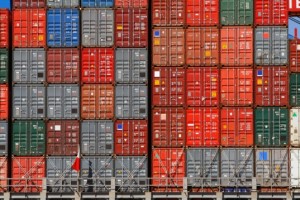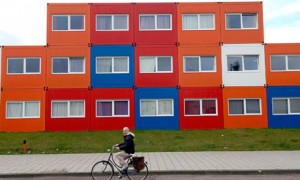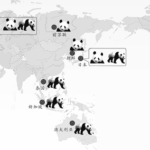The Shipping Container
In week 1 we will watch Alan Sekula and Noel Burch’s documentary ‘The Forgotten Space‘ (2010). The film follows container cargo aboard ships, barges, trains and trucks, listening to workers, engineers, planners, politicians, and those marginalized by the global transport system. see also: http://www.theforgottenspace.net/
Sekula and Burch participated in an questions and answer session after the public viewing of the film at Tate Modern in 2012. http://www.tate.org.uk/whats-on/tate-modern/film/allan-sekula-and-noel-burch-forgotten-space
Listen to an interview with Sekula and Burch on Spanish radio here: http://radio.museoreinasofia.es/entre-la-fotografia-y-el-documento?lang=en
Shipping containers are fascinating items of material culture; since their inventions during the 1950s, they have changes the economics of shipping and with that the flow of world trade. The following youtube video shows how these steel containers are made: http://www.youtube.com/watch?v=z7l6AQN1KV0
Mark Levinson’s economic history of the shipping container offers an insight into how containerization made the boom in global trade possible. See: Levison, M. 2006. The Box:How the Shipping Container Made the World Smaller and the World Economy Bigger. Princeton: Princeton University Press.
‘In 1956, China was not the world’s workshop. It was not routine for shoppers to find Brazilian shoes and Mexican vacuum cleaners in stores in the middle of Kansas. Japanese families did not eat beef from cattle raised in Wyoming, and French clothing designers did not have their exclusive apparel cut and sewn in Turkey or Vietnam. Before the container, transporting goods was expensive – so expensive that it did not pay to ship many things halfway across the country, much less hallway around the world.’Levinson 2006: 1
In the past few years, shipping containers have started new lives as cheap housing alternatives in cities across Europe; whether they become affordable students flats in Holland or houses for the homeless in the UK.
These articles discuss some examples:
http://www.tempohousing.com/projects/keetwonen.html
http://www.theguardian.com/world/shortcuts/2012/dec/04/liberal-amsterdam-plans-scum-villages
http://www.bbc.co.uk/news/uk-england-sussex-24610434










